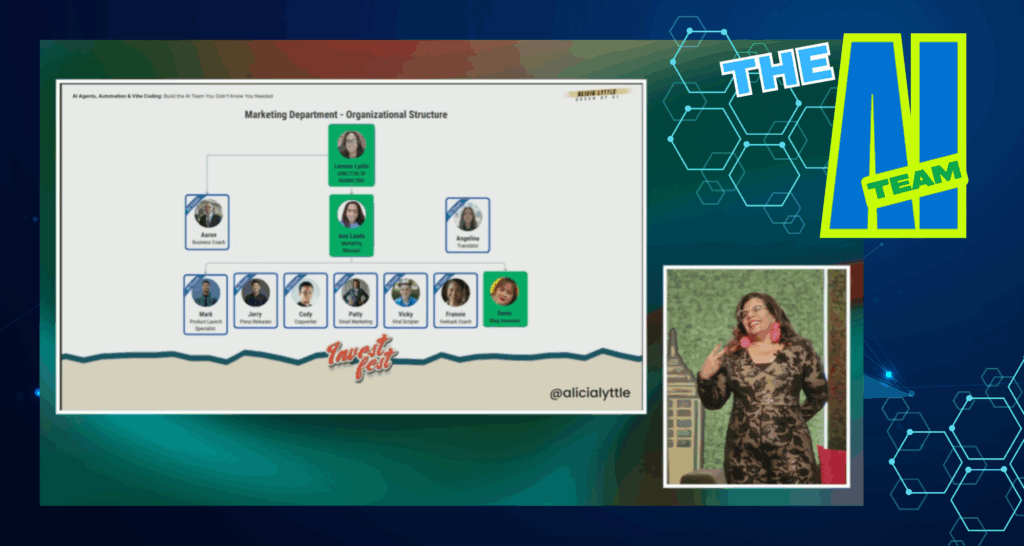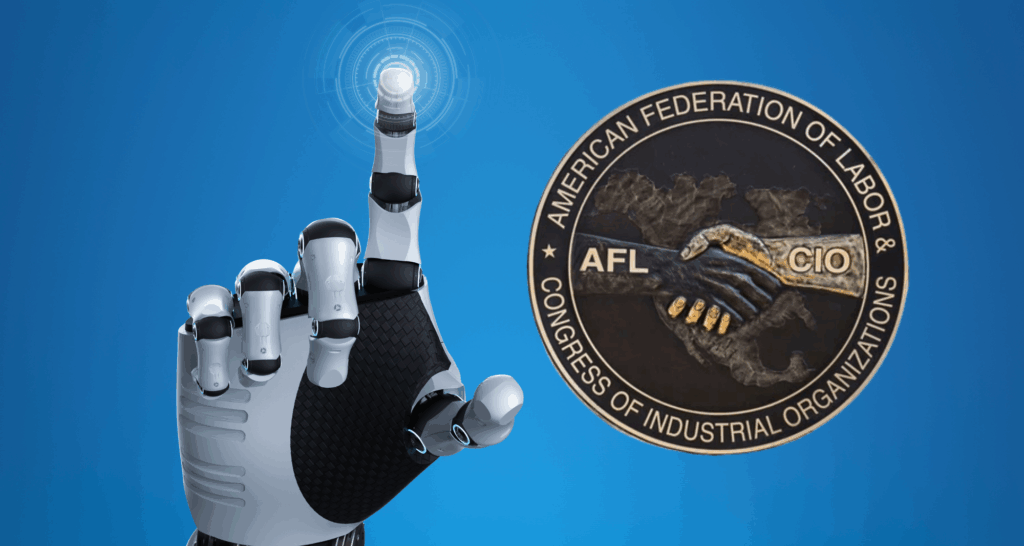Managing AI Projects: How to Deliver Real Results in 2025
By now, we’ve all heard the promise: AI will change everything. But if you’re inside an organization trying to turn that promise into action, you already know—it’s not that simple.
AI projects often begin with excitement but end in silence. According to recent reports, most initiatives fail to reach production before they stall. Not because the algorithms don’t work, but because managing AI projects is a discipline all its own.
At AI InnoVision, we’ve worked with teams across industries. We’ve seen what makes projects thrive and what makes them fail. This guide brings those lessons to you: grounded in real-world insight, tailored for today, and built to help you lead smarter today.
It Starts With the Problem, Not the Model
Before anyone writes a line of code, your team needs to ask the right question:
“What exactly are we trying to solve?”
Too often, companies get swept up in the novelty of AI. They chase solutions in search of a problem. But if you want your project to deliver, you need to anchor it to a business need—something measurable and meaningful.
This could be a process bottleneck, an expensive manual task, or a missed revenue opportunity. What matters is that the problem is real, specific, and worth solving. Only then will AI become a tool with a purpose, not just a shiny object.
Once the problem is clear, everything else—the data, the tools, the team—can align around it.

The Power of Starting Small
Here’s something we tell every client: Don’t try to build the rocket on day one. Launch a drone first.
Starting with a manageable, focused AI project gives you room to experiment and learn without risking a massive investment. Think of this as your proof of concept—fast to build, easy to explain, and quick to deliver impact.
For example, instead of automating your entire supply chain, begin by automating invoice classification. Instead of building a full product recommendation engine, start by using AI to improve your email subject lines.
These smaller, focused projects do two things really well:
- They give your team experience and confidence.
- They create internal success stories that drive momentum.
And in a world where AI can feel abstract or intimidating, quick wins create clarity.

Managing AI Projects Means Tracking the Right Metrics
Let’s say your AI model performs at 95% accuracy. Impressive, right? Maybe—but maybe not.
Because if that accuracy doesn’t translate into fewer returns, faster service, or more sales, it’s not doing what it’s supposed to do. That’s why managing AI projects means connecting technical outcomes to business outcomes from day one.
Focus on metrics that the business actually cares about:
- How much time did the AI save?
- Did it reduce customer churn?
- Has it increased revenue per user?
The best teams use hybrid dashboards, where technical metrics like precision and recall sit alongside business KPIs like retention or profit margin. When both sides of the business see value, alignment becomes natural. And when you track the right signals, you can steer with confidence.
Design for the Real World, Not the Lab
It’s one thing to build a model that performs well in test environments. It’s another to keep it working in the wild.
Real-world data is messy. Systems break. Priorities shift. That’s why successful AI projects need more than a working model—they need a solid machine-learning pipeline behind it.
That pipeline should:
- Clean and prepare incoming data automatically
- Handle retraining as new patterns emerge
- Monitor for drift, bias, or accuracy issues
- Trigger alerts when performance drops
And here’s where MLOps (Machine Learning Operations) becomes non-negotiable. MLOps ensures your models are production-ready, continuously improving, and built for scale.
If you build AI as if it were a one-time product, it will break. But if you build it like a service—one that evolves—it will become a lasting part of your business engine.
Communication Is the Hidden Key to Success
Even the best technical team can’t carry an AI project alone. Business stakeholders need to understand what’s being built, why it matters, and what they can expect from it.
That means your team needs to translate technical updates into business stories.
Rather than saying, “We increased F1 score by 6%,” try:
“We’ve reduced false fraud flags by 30%, which means fewer customer complaints.”
Instead of showing model architecture diagrams, show what the new process looks like and how it saves time or boosts revenue.
This kind of communication builds trust. It also unlocks buy-in from leadership, which is crucial for scaling future AI work.

The Real Job: Managing Change, Not Just Models
AI doesn’t just change systems—it changes how people work. And that means it can create fear, friction, or confusion if not handled well.
So, part of managing AI projects effectively is managing human dynamics:
- Who will this affect?
- Will it replace or support existing workflows?
- What training or support is needed?
You can’t just drop a model into a business and hope for the best. Without a clear plan for onboarding, ongoing support, and iteration, things can fall apart fast. People should feel like they’re part of the journey—not like they’re scrambling to catch up.
Done right, AI empowers your team. But only if you build that bridge.
Strategy First, Then Systems
By now, you’ve probably realized that managing AI projects isn’t just about the tech stack. It’s about mindset. It’s about clarity, cross-team collaboration, and designing for long-term value.
The good news? You don’t have to do it alone.
At AI InnoVision, we guide teams through every step of this journey—from first concept to full deployment. We don’t just build models. We build AI ecosystems that move with your business.
Because today, success with AI won’t come from who has the fanciest tools. It will come from those who manage it best.




